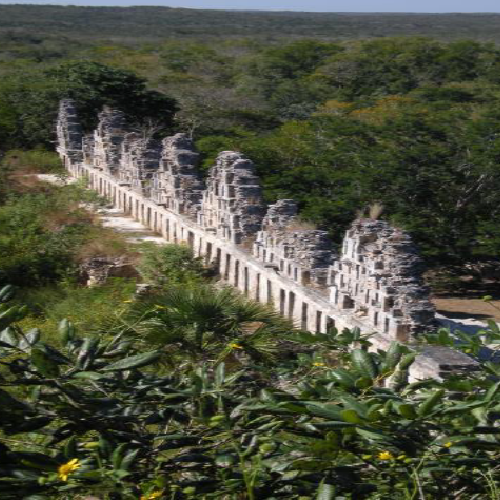Maya collapse: solar irradiance and drought

The potential role of changes in total solar irradiance (TSI) (sun spots) in driving climatic variability has been widely cited and hotly debated. This is particularly true in the tropical Americas, where a ~200 year irradiance cycle, has been identified in a number of key records, including Lake Chichancanab, in the Maya lowlands of southern Mexico. In the Maya lowlands, it has been proposed that droughts at times of major cultural reorganisations (e.g. Preclassic abandonment ca. 200 CE and the Classic ‘Collapse’ ca 900 CE) have been driven by these solar cycles. To date, however, the identification of these possible solar periodicities in sedimentary records, have been based on sediment characteristics not directly associated with irradiance change. This studentship is designed to apply a direct test for evidence of TSI change by using Fourier transform infrared (FTIR) imaging spectroscopy to record changes in palynomorph (pollen and spore) to track change in TSI through time.
The student will be trained in state-of-the-art biogeochemical analysis working in the nascent field of chemopalynology with established world experts. The student will combine this laboratory activity with field work in Mexico to collect samples and visits to major international centres for core curation and climate modelling (NCAR, Colorado).
Students with a first or upper second class degree in Earth Sciences, Plant sciences, Environmental Archaeology, Environmental Sciences or Physical Geography or a Masters in an allied field.
Contact either Dr Barry Lomax (Barry.lomax@nottingham.ac.uk) or Professor Sarah Metcalfe (Sarah.metcalfe@nottingham.ac.uk).
